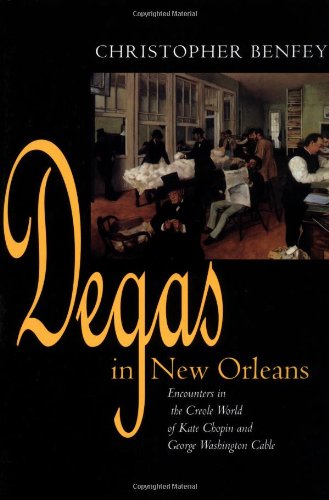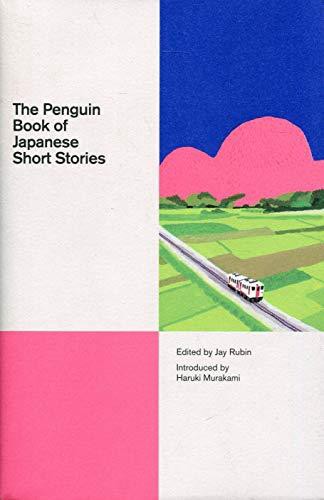Reconstruction Culture In The Crescent City
Wandering around in New Orleans during the day invariably means ducking into a restaurant, a bar, a store, a someplace to cool off or for protection from one of the steamy rainstorms that so often punctuate the afternoon. Spend enough time in the city and you’ll no doubt wander into a used bookstore. (that’s an assumption, of course, dear reader of this blog) The city has quite a few, each with a strong whiff of history and more than a spot of dust. I am grateful to have been to many and, as is my pattern, I invariably drift to the local section, the shelves stocked with books about New Orleans.
In my last trip I came across several copies – in several bookstores – of Christopher Benfey’s Degas in New Orleans: Encounters in the Creole World of Kate Chopin and George Washington Cable. Benfey, a professor of literature with a named chair at Mount Holyoke College, is a well respected scholar. This is his first book, penned in the late 1990s. It is a deeply researched critical study, a strong academic work that has somehow found its way in bulk to tourist bookstores. More than a examination of a short period in Degas’ life, the book is also more than a three-subject biography. It is a nuanced investigation into creative production during a very traumatic juncture in the city’s troubled history. Degas’ trip in the autumn of 1872 coincided with Reconstruction politics, a rise in racial hatred and the creation of the White League, a racist group that briefly took over the city in 1874.
Despite its immediately accessible title, this book is not a quick read for those expecting a holiday memoir. It pursues a rigorous cultural argument, grounded in history. Benfey sketches out the key families in the city, the tangled relationships, and the complex social structure of Creoles, free Blacks, formerly enslaved Blacks, whites, and those with French citizenship in this book. The destructive power of racism is the driving force shaping lives, opportunities and families. Benfey gives attention to Degas and his art, to be sure, but his heart in this book is with literature and criticism against the backdrop of race in post Civil War.
The failures of Reconstruction haunt American history and culture. Similarly, they haunt this book. Under Benfey’s eye, the romantic cultural production of the period is inextricably tied a dark history.
The next time you visit New Orleans, if you’re looking for an easy thrill, take a ghost tour. Stroll and admire the architecture and google the history of buildings. And if you want a coffee table book, you’ll find many with glossy photos. But if you want something substantial, consider Degas in New Orleans. It is a solid scholarly treatise.
David Potash

